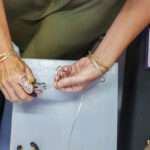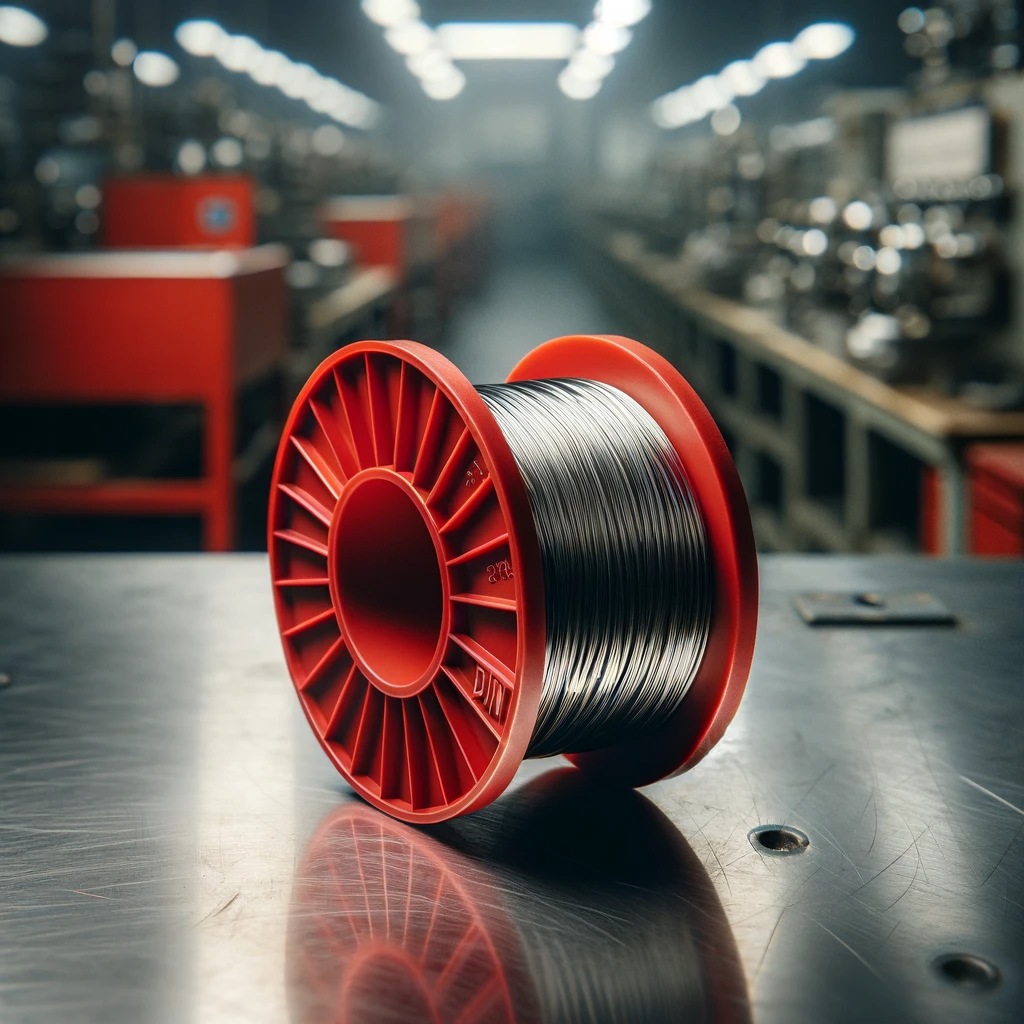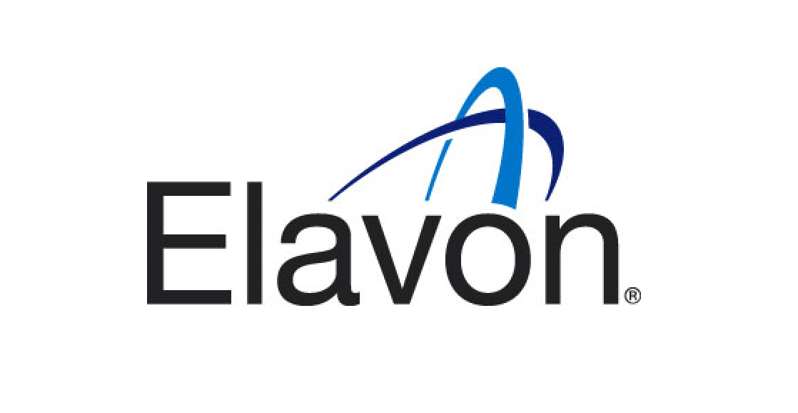The question of longevity is paramount when it comes to Nichrome wire, a staple in numerous high-temperature applications.
“How long can nichrome last?” is not just a question of curiosity but a critical query for engineers, hobbyists, and professionals who rely on the dependable performance of their heating elements and electrical resistors.
The Crazy Wire Company understands the importance of durability and how the lifespan of Nichrome can affect your projects and products. We will examine the lifespan of the Ni80, Ni90, and Ni60 variants, as well as how each composition responds to different conditions. Additionally, we’ll discuss how the wire’s shape, whether flat, ribbon, or round, affects its endurance. You can maximise efficiency and cost-effectiveness by selecting the right wire for the right job with such insights.
Let’s get into it….
Understanding Nichrome Wire and Its Uses
Known for its high resistance and ability to withstand and generate significant heat, nickel-chromium wire is an alloy of nickel and chromium. From household toasters and hairdryers to industrial heating units and laboratory furnaces, Nichrome wire is used in a wide range of applications.
Ni80, consisting of approximately 80% nickel and 20% chromium, is a popular alloy due to its excellent resistance and strength at high temperatures. Ni90 wire with a high nickel content offers enhanced durability and is often used in situations where even greater heat resistance is needed. Alternatively, Ni60 wire provides a balance between performance and cost, suitable for applications without extreme conditions.
Their specific properties determine the typical applications for these alloys. When consistent heat output is required, Ni80 is often used in domestic heating appliances and hobbyist projects. The robustness of Ni90 makes it ideal for industrial processes that require longevity under stress. Ni60, on the other hand, can be used for general-purpose applications where high resistance is not the primary concern, but cost-efficiency is.
Factors That Determine Nichrome Wire Lifespan
Nichrome wire’s lifespan is affected by several factors, including the operating temperature. High temperatures can accelerate the degradation of wire, but Ni80 and Ni90, which have a higher nickel content, can withstand these conditions better than Ni60. Exposure to corrosive gases or fluctuating temperatures can also affect longevity.
It is important not to overlook usage patterns. Pulsing current, for example, can cause thermal cycling, resulting in metal fatigue. In challenging applications, Ni90, with its higher nickel content, tends to offer a longer service life than Ni80 or Ni60.
You need to understand these factors if you want to extend the lifespan of your Nichrome wire, whether it’s used in precision laboratory equipment or high-temperature industrial ovens. The Crazy Wire Company is well-equipped to assist you in selecting the right alloy for your specific needs.

Ni80 Wire: Composition and Longevity
Nichrome 80/20 wire consists of 80% nickel and 20% chromium, a formula designed to strike a balance between durability and electrical resistance. As a result of its composition, Ni80 wire is highly resistant to oxidation, which is critical to its longevity, especially when used in high-temperature applications.
In ideal conditions, Ni80 wire can have a long lifespan. Ni80 can last for years when operated within its temperature limits and protected from mechanical stress and corrosive substances. Users should ensure a stable operating environment, avoid excessive temperature fluctuations, and adhere to recommended current densities in order to maximize the wire’s longevity. Performing regular inspections for wear and tear can also extend the service life of Ni80 wire, allowing for timely maintenance or replacement before failure.

Ni90 Wire: Durability and Performance
Nickel90 wire offers enhanced durability and slightly better resistance to high-temperature oxidation than Ni80 wire. Its composition, which contains approximately 90% nickel, allows it to perform exceptionally well in environments with constant high temperatures or frequent thermal cycling. For applications requiring additional heat resistance, Ni90 wire can withstand temperatures up to approximately 1300°C (2372°F).
Due to its ability to maintain structural integrity under intense conditions, Ni90 wire often outperforms both Ni80 and Ni60 wire. Nickel provides a more robust performance, resulting in a longer lifespan under equivalent conditions.
Ni60 Wire: The Balance of Cost and Longevity
With a nickel content of 60%, Ni60 wire is a more cost-effective alternative to Ni80 and Ni90, making it an appealing option for budget-conscious users. For moderate-temperature applications, Ni60 still offers respectable durability and performance despite its lower heat tolerance than its higher nickel counterparts.
Ni60 wire has a lower maximum operating temperature and a potentially shorter lifespan than Ni80 and Ni90. Ni60 is a reliable and economical solution when used within its capabilities. A Ni60 wire is ideal for domestic heating elements and low-stress industrial processes where extreme conditions would require Ni80 or Ni90 wire. The limitations of Ni60 can be effectively harnessed for a wide range of applications without compromising performance by understanding and respecting them.
The Influence of Wire Shape on Lifespan
Durability and longevity of Nichrome wire are directly related to its shape. Under the same heating conditions, flat and ribbon wires dissipate heat more effectively than round wires, contributing to a longer lifespan. As a result of their increased surface area, flat and ribbon wires are more likely to oxidize and wear due to environmental factors.
Round wires, being more compact, may retain heat for longer periods. This can be advantageous or detrimental, depending on the application. Whenever heat needs to be contained and managed, round wires may be preferable. In contrast, flat or ribbon wires may be more suitable for applications requiring quick heat dissipation.
The right wire shape depends on the application and operational conditions. Ribbon wires, for instance, might be chosen for their quick cooling properties in applications where the wire is switched on and off frequently, while round wires might be preferred for continuous-use applications.
Best Practices for Extending the Life of Nichrome Wire
To extend the lifespan of Nichrome wires, proper installation and maintenance are key. Here are some best practices:
Avoid Overheating: Operate the wire within the recommended temperature range to prevent premature weakening or failure.
Minimise Mechanical Stress: Avoid sharp bends and twists that can stress the wire and lead to breakage.
Prevent Corrosion: In corrosive environments, consider applying a protective coating to the wire or using a wire shape that minimises the risk of corrosion.
Regular Inspection: Periodically check for signs of wear, such as brittleness or discoloration, which may indicate impending failure.
Proper Storage: When not in use, store Nichrome wire in a dry environment to prevent corrosion.
Available Nichrome Wire Options:
| Ni80 | Ni80 | Ni90 | Ni90 | Ni60 | Ni60 |
| Diameter (mm) | AWG | Diameter (mm) | AWG | Diameter (mm) | AWG |
| 0.05 | 44 | ||||
| 0.06 | 42 | ||||
| 0.07 | 41 | ||||
| 0.08 | 40 | 0.08 | 40 | ||
| 0.09 | 39 | ||||
| 0.1 | 38 | 0.1 | 38 | ||
| 0.12 | 36 | ||||
| 0.125 | 36 | ||||
| 0.13 | 36 | 0.13 | 36 | ||
| 0.14 | 35 | ||||
| 0.15 | 35 | ||||
| 0.16 | 34 | ||||
| 0.17 | 34 | ||||
| 0.18 | 33 | ||||
| 0.2 | 32 | 0.2 | 32 | ||
| 0.21 | 32 | ||||
| 0.23 | 31 | ||||
| 0.25 | 30 | 0.25 | 30 | 0.25 | 30 |
| 0.27 | 29 | ||||
| 0.28 | 29 | ||||
| 0.29 | 29 | ||||
| 0.3 | 29 | 0.3 | 29 | ||
| 0.32 | 28 | 0.32 | 28 | 0.32 | 28 |
| 0.35 | 28 | ||||
| 0.37 | 27 | 0.37 | 27 | ||
| 0.38 | 27 | ||||
| 0.4 | 26 | 0.4 | 26 | 0.4 | 26 |
| 0.42 | 26 | ||||
| 0.45 | 25 | 0.44 | 25 | ||
| 0.5 | 24 | 0.5 | 24 | 0.5 | 24 |
| 0.54 | 23 | ||||
| 0.6 | 22 | 0.6 | 22 | ||
| 0.64 | 22 | 0.64 | 22 | ||
| 0.7 | 21 | 0.72 | 21 | ||
| 0.8 | 20 | 0.81 | 20 | 0.8 | 20 |
| 0.9 | 19 | 0.9 | 19 | 0.9 | 19 |
| 1 | 18 | ||||
| 1.15 | 17 |
Many factors influence the longevity of Nichrome wire, including the type of wire (Ni80, Ni90, Ni60), its shape (flat, ribbon, round), and how it is used and maintained.
In order to choose the right wire for your needs and ensure it lasts for as long as possible, you need to understand these variables. We hope that this article has help to shed light on these variables.
For more information on the wide range of Nichrome wires available, visit The Crazy Wire Company’s website. With our expert team on hand, you can select and maintain the perfect Nichrome wire for your project
We offer also a massive range of stainless steel wire and nichrome wire through our store. Choose the wire that you want to work with and we’ll get spooling.
If you’re interested in learning more about wire, check out our other blog on Everything You Need to Know About Wires.
We are also proud to supply this product on our highly popular eBay store, check us out there too.
Thank you for checking out our site.
- MULTIBUY SAVINGS – ORDER 5 FOR 20% OFF
- FREE UK Delivery For All Orders Over £25
- Immediate Express Dispatch From Stock
- Orders Fulfilled From Warrington, UK
- Tracked Delivery with Order Updates
- 30-Day Unused Returns Accepted


Nichrome Wire Safety: Top Tips for Working Safely

Best Wire for Electronics Projects

Is Ni80 Wire Suitable for DIY Heating Elements

Wire Grades Explained

How Wire Diameter Affects Strength and Flexibility

How to Cut and Shape Wire for Custom Applications

Can Wire Be Used in 3D Printing?

How Wire Composition Affects Conductivity










